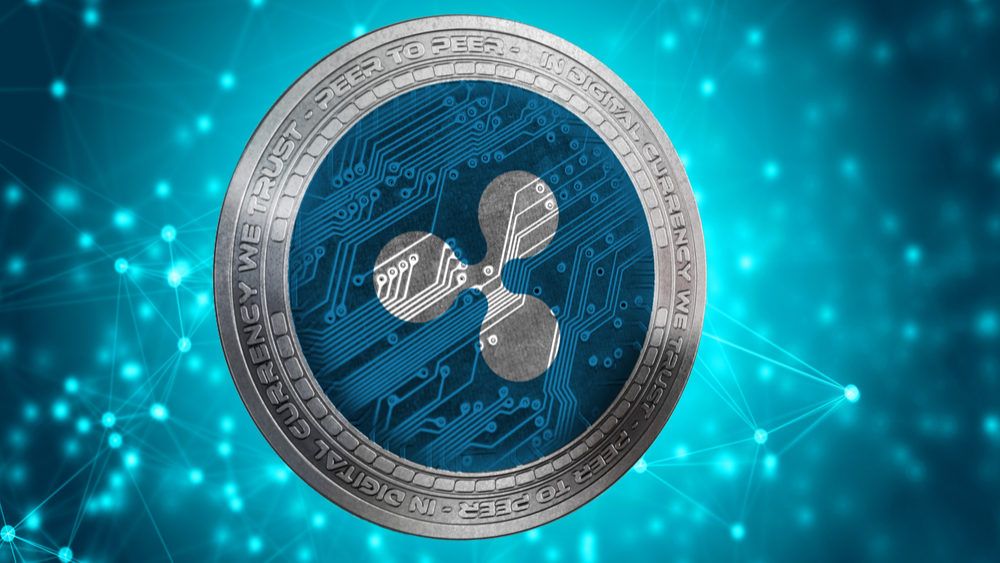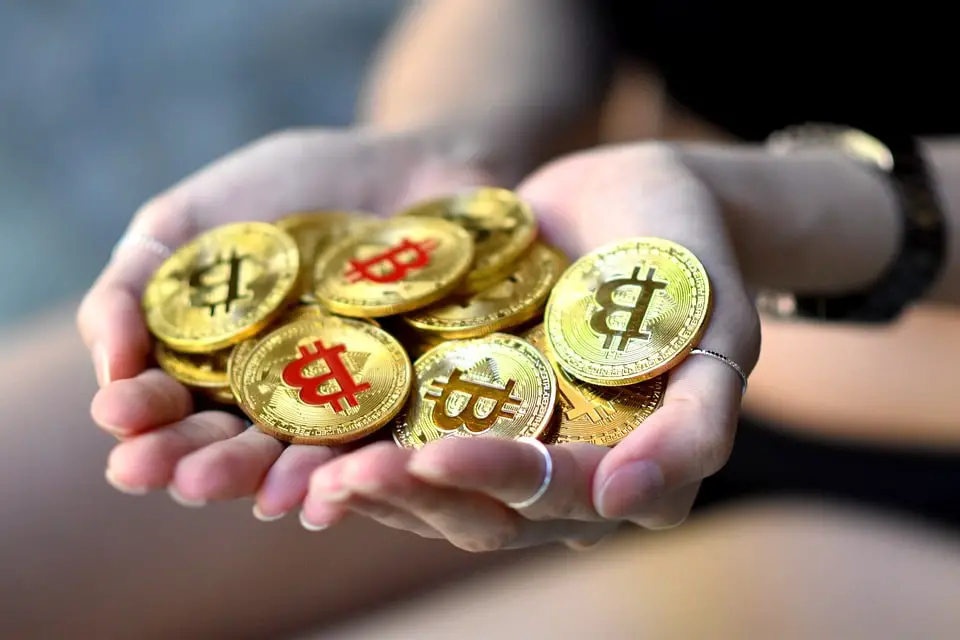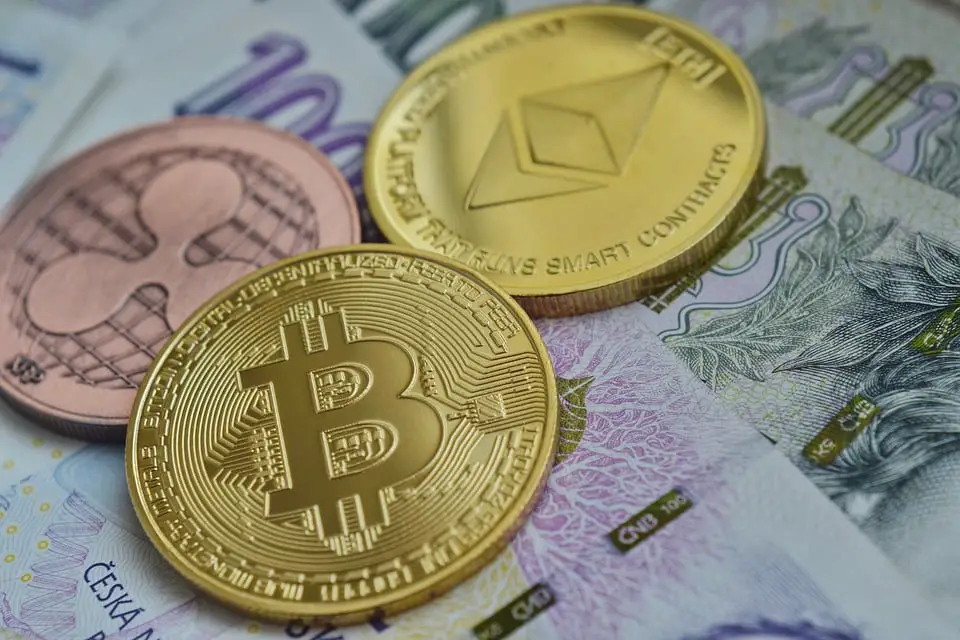In the small world of crypto-currencies, the Ripple is a source of great divergence. For some, it is the cryptocurrency most adaptable to the real economy and its partnerships are the proof. For others, it is not even a cryptocurrency that has fallen in front of financial institutions!
The idea of a critical article, positive or negative, about the Ripple is exciting but it’s not the subject here. In all transparency, I confess myself to be reluctant to this cryptocurrency but the article will try to keep a neutral tone.
The Ripple (XRP) is primarily a payment protocol. Thus, as you will see, its characteristics differ substantially from those of other cryptocurrencies. Nevertheless, it is so close to the middle and backed by all exchange platforms that it is impossible to exclude it.
Origins of the Ripple
The particularity of the Ripple is present from its origins. Indeed, some will probably be surprised to learn that they are older than those of the Bitcoin protocol! Indeed, if the latter has taken over and improved the outline of BitGlod Nick Szabo, the Ripple is a continuous evolution of Ripplepay.
Ripplepay was founded in 2004 by Canadian developer Ryan Fugger. The goal was to create a decentralized monetary system that could empower individuals and communities to create their own currency. Wish fulfilled: Ripplepay was quickly expanded as a financial service providing secure payments to members of a community. The exchanges are then carried out through a universal network.
The main flaw of Ripplepay was the lack of a universal currency for all members of the network. Then in May 2011, encouraged by the success of the Bitcoin protocol, Jed McCaleb began to develop a cryptocurrency for exchanges between Ripplepay members. The goal was for all transactions to be validated by consensus by all members of the network. Thus, the proof-of-work consensus was rejected from the beginning.
In August 2012, assisted by Chris Larsen, Jed McCaleb convinced Ryan Fugger of this breakthrough and founded OpenCoin, birth certificate of the Ripple protocol.
Birth of the Ripple
The goal of OpenCoin is pretty clear: as a cryptocurrency, the Ripple protocol must surpass the Bitcoin protocol.
The Ripple protocol allows the instant and direct transfer of money between two people. It allows to bypass the fees and waiting times of the traditional banking system. In short, Ripple would then be more a competitor of Estonian TransferWise than Bitcoin …
But the Ripple also allows the exchange between several traditional currencies but also several crypto-currencies and even some commodities like gold … and air miles!
In a desire to partner with financial institutions, the company OpenCoin wanted to create its own cryptocurrency, called XRP and referred to as Ripple. The latter is finally quite similar to his rival, bitcoin. The goal is to use the ripple to allow financial institutions to transfer money for negligible fees and waiting times.
In July 2013, the Ripple protocol moved closer to its rival Bitcoin with the creation of Bitcoin Bridge. The latter allows Ripple users to send any currency to a bitcoin address. Convenient! This is also the reason why the original opposition is no longer so marked.
In a desire to highlight its cryptocurrency, OpenCoin becomes Ripple Labs in September 2013 and simply Ripple in October 2015.
Characteristics of the Ripple
The Ripple is a complex asset. On the one hand, it is now necessary to differentiate the Ripple company (formerly OpenCoin) from the Ripple protocol. As for the latter, he is essentially represented by his cryptocurrency. Of course, it is impossible to overshadow the Ripple’s partnerships when discussing its characteristics.
The ripple as a bridge between assets
The ripple cryptocurrency is inseparable from its protocol. It serves as a bridge between other assets, whether traditional currencies, cryptocurrencies or commodities. For example, if Michel wants to be paid in bitcoin but John does not, Jean sends euros via the Ripple protocol and Michel will receive his payment in bitcoin.
A system of validation nodes
The first thing to know is that the Ripple does not have a public blockchain. This is a fundamental difference with the Bitcoin blockchain. Like bitcoin, the Ripple protocol is a shared shared register. But, contrary to Bitcoin, nodes validate transactions, which is not done by a distributed network of participants. The nodes in question are not necessarily anonymous but may belong to anything, including banks or financial institutions partners. The latter can, therefore, participate in the validation of transactions. Also the Ripple protocol is centralized and under control by the company of the same name, unlike the distributed network of Bitcoin and without central control.
The ripple has the characteristics of a cryptocurrency …
The Ripple protocol uses a blockchain but we do not know much about it … We just know that there is no proof of work or mining. Each ripple is simply emitted when a need is felt. All in all, it’s a bit like the printing press. The number of ripples in circulation is limited to 100 billion. These 100 billion already exist but are not all in circulation. Thus, this is why the ripple is a cryptocurrency because it has the main characteristics: numerical asset based on a mathematical formula, the mining is not technically excluded and there is a limited number. However, this last characteristic is not present in all crypto-currencies.
… but is not used as a cryptocurrency
As we have seen, the Ripple protocol was designed from the outset as an asset transfer system (all assets, even air miles …). The idea is to be able to transfer these assets with instant and secure transactions. The Ripple protocol quickly attracted banks and financial institutions who saw there a development of their business with digital payment solutions. On the contrary, it has quickly been sidelined by cypherpunks and other cryptophiles whose ultimate goal is to surpass the banks.
The banking system as the sole target of the Ripple protocol
The technological advance of the Ripple protocol is undeniable. By making it possible to make international payments almost instantaneously, it benefits everyone, both banks and individuals. However, the company Ripple wanted to turn quickly to the financial community by creating many partnerships. It has also complied with bank obligations by, for example, integrating the Know Your Customer (KYC) process with each transaction.
To send a cross-border payment, a bank can use the Ripple protocol directly from the sending customer’s bank account to the receiving customer’s bank account. The protocol can then handle the entire transaction, including currency conversion. Ripple can also instantly calculate the cost of the transaction to the nearest cent, and report to both participating banks that the end customer has received their deposit so that both banks update their clients’ accounts. In other words, we understand why banks are interested in the protocol …
The main feature of the Ripple is that it has a very specific purpose. It is adopted by the banking system for cross-border, inter-state and interbank payments and remittances. Ripple ultimately aims to be used instead of the SWIFT interbank network. For this reason, Ripple’s price is strongly influenced by possible adoptions of the protocol by financial institutions. In front of the cryptocurrency of the banks, it will probably take value.
Conclusion
Ripple company, Ripple protocol, cryptocurrency ripple … Hard to distinguish the three. What is certain is that the name Ripple leaves no one indifferent in the world of cryptocurrencies.
Ripple made a clear choice: to bond with banks and financial institutions. This is the great reproach that is made to him. But, when you look more closely, the Ripple protocol is clearly intended for banking transactions. Cryptocurrency is only there to facilitate these transactions.
The question to ask is then double: should Ripple be effectively associated with classical cryptocurrencies? Is not Ripple just the one thing it’s meant for? At your pencils, you have 4 hours!















